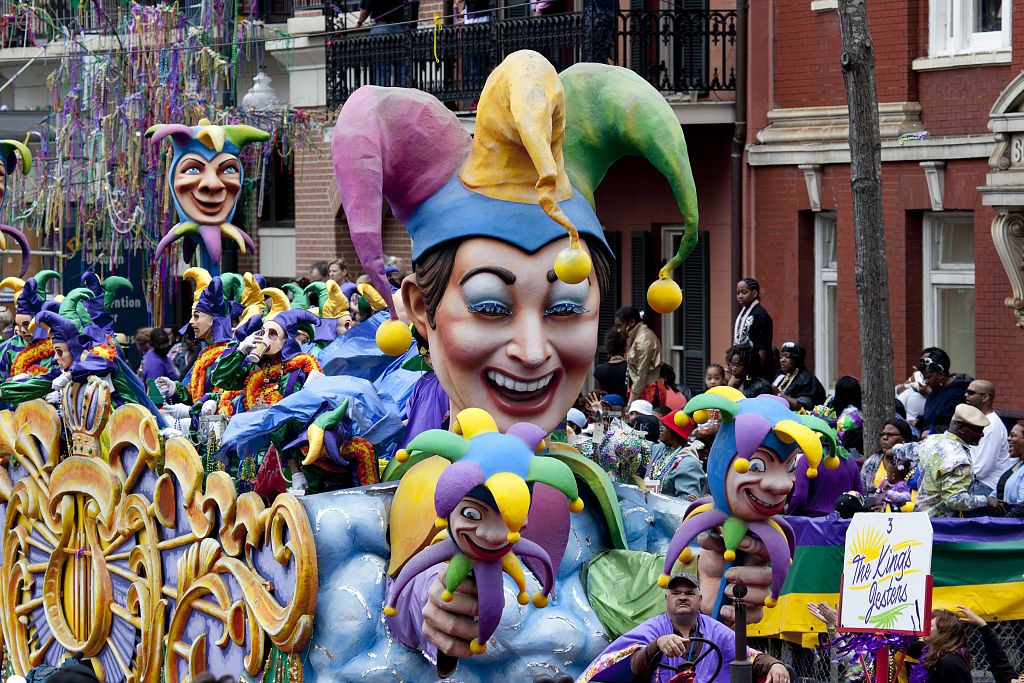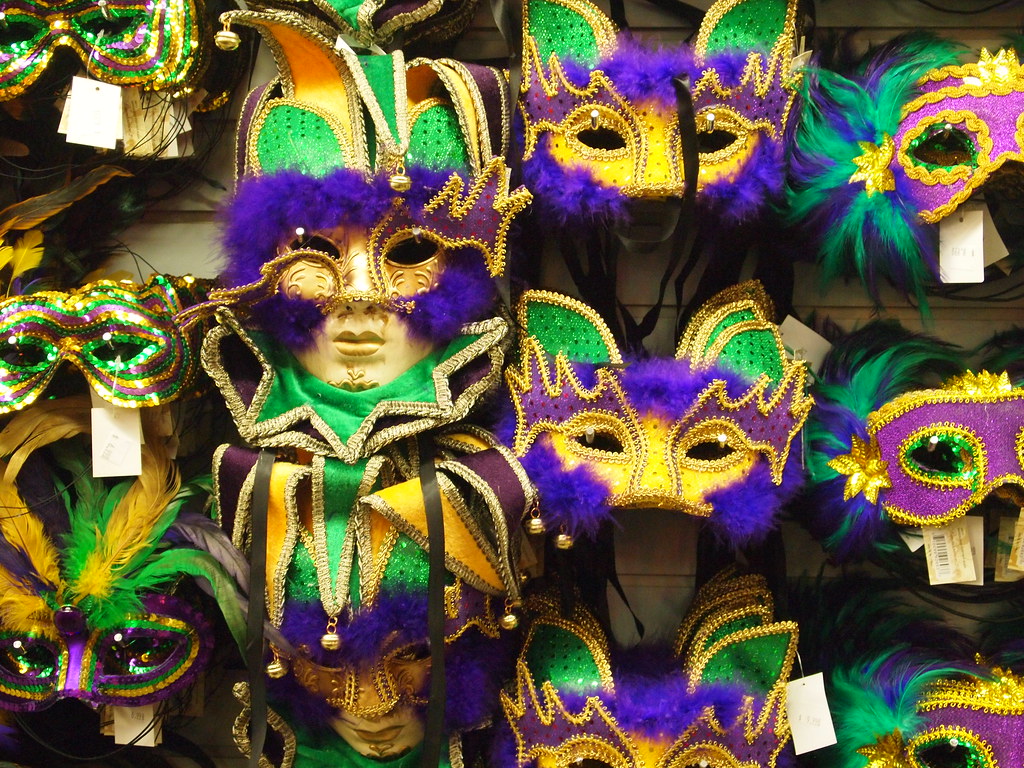The origins of Mardi Gras may be traced to medieval Europe, passing thru Rome and Venice inside the seventeenth and 18th centuries to the French house of the Bourbons. From here, the traditional revelry of "Boeuf Gras," or fatted calf, followed France to her colonies.
On March 2, 1699, French-Canadian explorer Jean Baptiste Le Moyne Sieur de Bienville arrived at a plot of ground 60 miles immediately south of new Orleans, and named it "Pointe du Mardi Gras" whilst his guys realized it changed into the eve of the festive holiday. Bienville additionally installed "fort Louis de la Louisiane" (which is now cellular) in 1702. In 1703, the tiny settlement of fort Louis de la cellular celebrated the us's first actual Mardi Gras.
In 1704, mobile set up a mystery society (Masque de los angeles cell), similar to those that shape our modern-day Mardi Gras krewes. It lasted until 1709. In 1710, the "Boeuf Gras Society" changed into formed and paraded from 1711 through 1861. The procession changed into held with a large bull's head pushed along on wheels with the aid of 16 men. Later, Rex might parade with an real bull, draped in white and signaling the approaching Lenten meat fast. This took place on fats Tuesday.
New Orleans changed into set up in 1718 through Bienville. by the 1730s, Mardi Gras became celebrated overtly in New Orleans, however no longer with the parades we recognise nowadays. within the early 1740s, Louisiana's governor, the Marquis de Vaudreuil, established stylish society balls, which became the version for the new Orleans Mardi Gras balls of nowadays.
The earliest connection with Mardi Gras "Carnival" appears in a 1781 record to the Spanish colonial governing frame. That year, the Perseverance Benevolent & Mutual aid affiliation become the primary of loads of golf equipment and carnival businesses shaped in New Orleans.
via the late 1830s, New Orleans held avenue processions of maskers with carriages and horseback riders to rejoice Mardi Gras. astonishing gaslight torches, or "flambeaux," lit the way for the krewe's members and lent every occasion an exciting air of romance and festivity. In 1856, six young cell natives shaped the Mistick Krewe of Comus, invoking John Milton's hero Comus to represent their organization. Comus brought magic and thriller to New Orleans with outstanding floats (referred to as tableaux motors) and masked balls. Krewe contributors remained nameless.
In 1870, Mardi Gras' 2d Krewe, the 12th night time Revelers, turned into formed. that is additionally the first recorded account of Mardi Gras "throws."
Newspapers started to announce Mardi Gras activities in advance, and they even revealed "Carnival version" lithographs of parades' splendid glide designs (once they rolled, of direction - themes and floats have been continually carefully guarded earlier than the procession). before everything, those reproductions had been small, and details could not be clearly visible. but beginning in 1886 with Proteus' parade "Visions of different Worlds," these chromolithographs can be produced in full, saturated colour, doing justice to the waft and gown designs of Carlotta Bonnecase, Charles Briton and B.A. Wikstrom. each of those designers' paintings became introduced to existence by way of proficient Parisian paper-mache' artist Georges Soulie', who for 40 years become accountable for developing all of Carnival's floats and processional clothes.
1872 became the year that a collection of businessmen invented a King of Carnival, Rex, to preside over the primary daylight hours parade. To honor the touring Russian Grand Duke Alexis Romanoff, the businessmen added Romanoff's family colorings of pink, inexperienced and gold as Carnival's official colorations. red stands for justice; gold for energy; and green for religion. This was also the Mardi Gras season that Carnival's fantastic anthem, "If Ever I give up to love," become cemented, due in component to the Duke's fondness for the music.
the following yr, floats started out to be built completely in New Orleans instead of France, culminating with Comus' astounding "The missing hyperlinks to Darwin's origin of Species," in which distinguished paper-mache' animal costumes served as the basis for Comus to mock each Darwin's principle and local officials, along with Governor Henry Warmoth. In 1875, Governor Warmoth signed the "Mardi Gras Act," making fat Tuesday a prison excursion in Louisiana, which it nevertheless is.
Like Comus and the 12th night time Revelers, maximum Mardi Gras krewes today evolved from personal social golf equipment with restrictive club rules. considering all of these parade companies are completely funded with the aid of their contributors, New Orleanians call it the "best free show on this planet!"








No comments:
Post a Comment